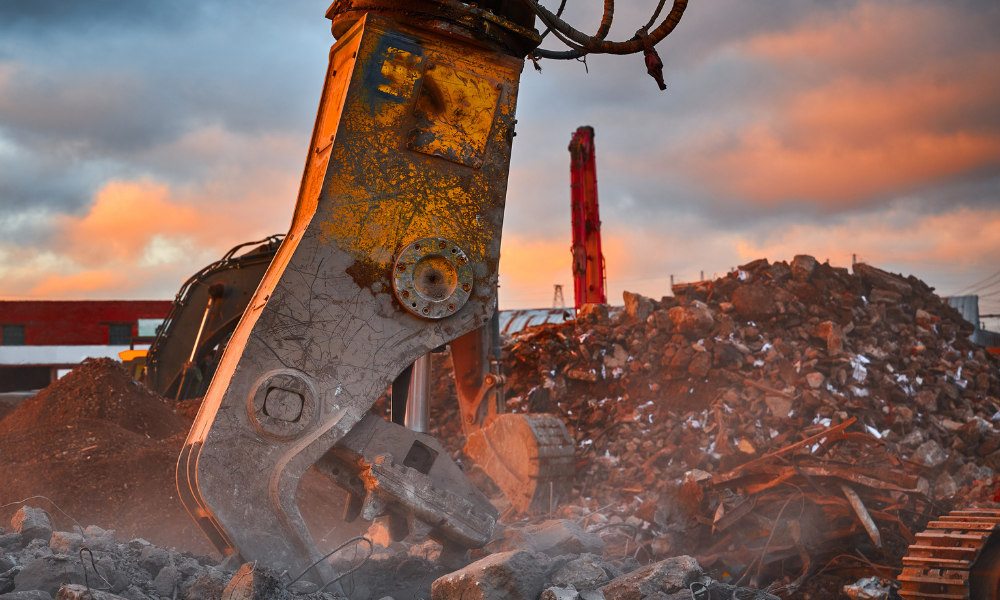Proceedings will examine the circumstances surrounding death of Joseph Horn

The Ontario government has announced an inquest into the death of a worker who was pinned by rock crushing equipment at a construction site more than seven years ago.
Dr. Ian MacPhee, Regional Supervising Coroner for the West Region, Waterloo Office, confirmed that an inquest will be held into the death of Joseph Horn.
Horn, 57, died on Dec. 8, 2017. That day, he was using a Pioneer crusher to break down pieces of aggregate while another worker operated a loader at the company’s pit in Cambridge, Ont.
The crusher received aggregate from the loader in a large steel frame called a grizzly deck. Occasionally, aggregate material has to be removed manually from the grizzly deck to prevent the machine from jamming.
As the loader approached the grizzly deck, the worker operating the loader saw that it was not closed, preventing access by the loader.
Upon investigating the delay, the loader operator found the body of Horn under the grizzly deck.
An inquest into his death is mandatory under the Coroners Act.
The inquest will examine the circumstances surrounding Horn’s death. The jury may make recommendations aimed at preventing further deaths.
No date has been set for the inquest as of writing of this article.
Employer fined $110,000
Horn’s employer Waynco had been fined $110,000, plus a 25-per-cent victim fine surcharge, for the death of a worker who was struck and pinned by rock crushing equipment.
A Ministry of Labour investigation determined that the crusher had an unguarded pinch point.
The investigation also found that the lowering lever for the grizzly deck was not functioning properly and would stick in the lowered position. A prop bar, used to hold the grizzly deck up during cleaning operations, was not in place and the machine had not been de-energized.
“Waynco failed as an employer to ensure that before any work was done on a machine that it was stopped, all hydraulic, pneumatic or gravity stored energy was dissipated or contained, and that energy isolating devices were engaged, locked and tagged. This was contrary to section 185(7) of Ontario Regulation 854/90,” according to the Ontario government.





